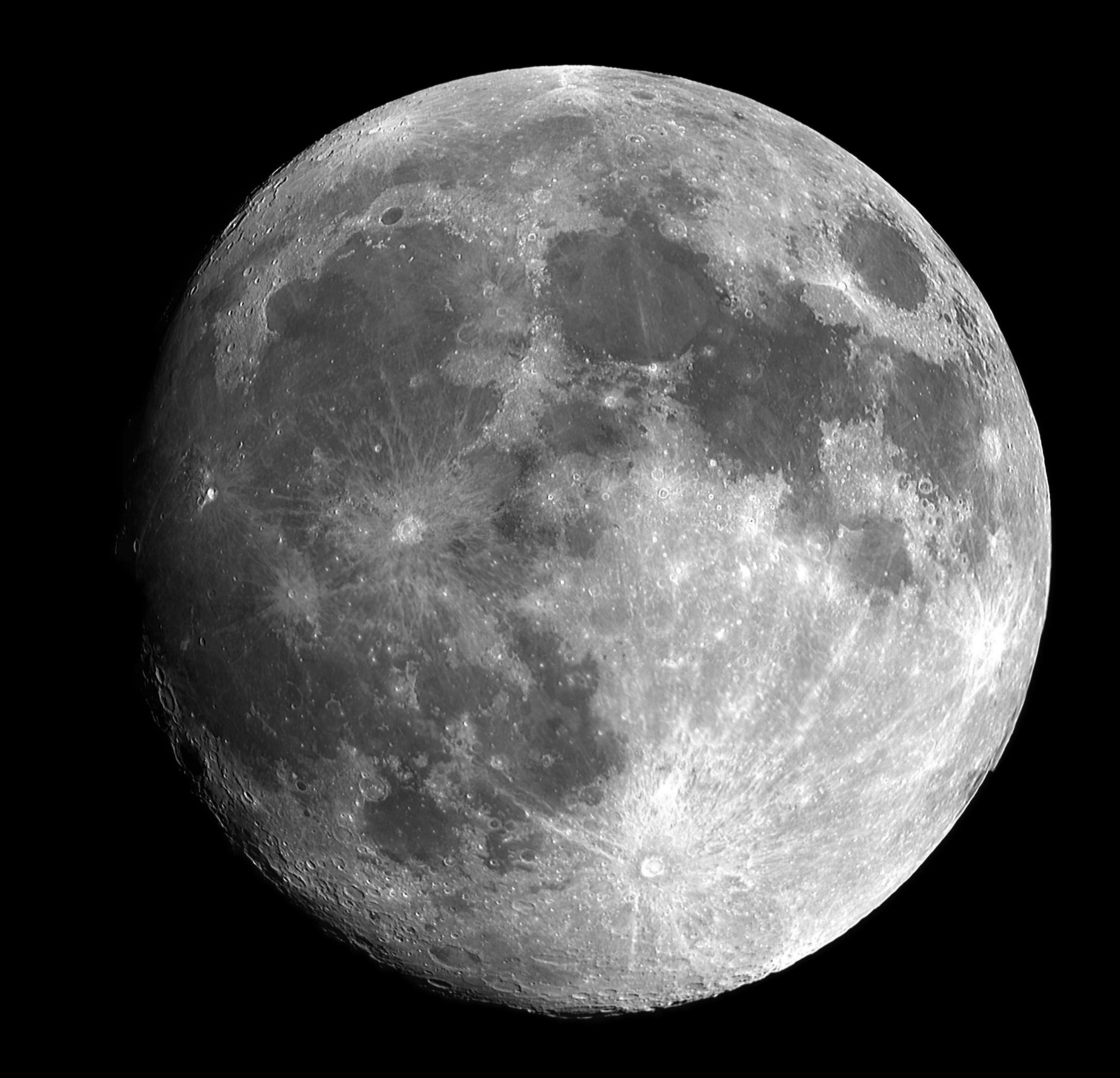Researchers Find Evidence Of Caves On The Moon
In an unprecedented discovery set to revolutionize our understanding of the lunar landscape, scientists have discovered evidence of caves on the moon. These subsurface voids are of great scientific importance, providing insight into the Moon’s geologic history and its potential as future shelters for humans. This talk describes the fascinating nuances of this revelation, the methods used to discover these caves, and their implications for space exploration and science.
The Discovery of Lunar Caves
Initial Findings
The search for lunar caves began with the investigation of high-resolution images obtained by various lunar missions. NASA’s Lunar Reconnaissance Orbiter (LRO), which has been orbiting the moon since 2009, was instrumental in the discovery. The orbiter’s Lunar Reconnaissance Orbiter Camera (LROC) provided intricate images of the lunar surface, revealing potential cave apertures called “skylights”. These skylights are circular openings that can penetrate vast underground networks.
Detailed Imaging and Analysis
Researchers used advanced imaging methods to examine these skylights. LRO’s narrow-angle camera enabled the capture of images with a resolution of 0.5 meters per pixel. By analyzing the shadows and light variations around these skylights, scientists inferred the existence of underground cavities. Thermal imaging was important; Temperature fluctuations between day and night indicated that these apertures formed deep, thermally insulated gaps.
The Geological Significance of Lunar Caves
Formation of Lunar Caves
Lunar caves are similar to lava tubes on Earth. These tubes appear when the surface of a lava flow solidifies while the molten lava below continues, eventually extruding and leaving a hollow tube. The presence of these structures on the Moon indicates considerable volcanic activity in ancient times, providing clues about the geological metamorphosis of the Moon.
Protection from Harsh Conditions
One of the most compelling incentives to study lunar caves is that they may provide protection from the harsh lunar surface conditions. The Moon’s surface is constantly bombarded by cosmic rays, solar flares, and micrometeorites. These caves provide natural fortifications, maintaining a more stable environment for the proposed lunar habitats.
Potential for Future Human Exploration
Habitability and Resource Utilization
Lunar caves offer a promising avenue for establishing human enclaves on the moon. Their natural insulation can help maintain habitable temperatures and provide protection from radiation. Additionally, these caves may contain resources such as water ice, which are indispensable for sustaining human life and supporting further space exploration. In situ resource utilization (ISRU), the process of using indigenous materials to support missions, can greatly reduce the need to transport resources from Earth.
Staging Points for Deeper Space Missions
The strategic importance of lunar caves goes beyond the moon itself. They can serve as staging points for missions to Mars and beyond. The stable environment inside these caves can facilitate extended stays, enabling astronauts to acclimate to space conditions and conduct extensive scientific research before venturing deeper into space.
Technological Innovations in Lunar Exploration
Robotic Exploration
Exploration of lunar caves will likely begin with robotic missions. Advanced rovers and drones equipped with imaging and sensing technology will map the interior of these caves, assessing their structure and potential for human habitation. NASA’s upcoming Artemis program plans to use robotic scouts to explore these caves, laying the groundwork for future human missions.
3D Mapping and Virtual Reality
3D mapping technology will be crucial in understanding the intricate details of lunar caves. By creating high-resolution maps of these subterranean landscapes, scientists can study their geology and plan exploration missions more effectively. Virtual reality (VR) can also play a role, allowing astronauts to train in cave exploration in a simulated environment.
Scientific Research Opportunities
Astronomy and exobiology
Lunar caves offer unique environments for astronomy and exoplanet research. The protection they afford from harsh surface conditions makes them a potential site for studying extremophiles—organisms that thrive in extreme environments. Discovering life forms in these caves may provide insight into the possibility of life on other celestial bodies.
If you want to Read more articles so visit on world wide galaxy
Geological and Planetary Science
Studying lunar caves will increase our understanding of the geological history of the Moon. By examining the rock formations and mineral deposits inside these caves, scientists can gather data about the volcanic activity that shaped the Moon. The research will also inform our knowledge of planetary processes, providing analogies for similar structures on Mars and other planetary bodies.
Challenges and Considerations
Navigational and Safety Challenges
Exploring and inhabiting lunar caves presents several challenges. Navigating the complex and potentially unstable terrain within these caves requires sophisticated technology and intricate planning. Safety protocols should be established to protect astronauts from potential hazards such as cave-ins or toxic substances.
Technical and logistical constraints
Developing the technology to explore and exploit lunar caves is an important task. Robotics, life support systems, and resource extraction technologies must be adapted to the unique conditions of the lunar environment. Additionally, the logistical challenge of transporting equipment and personnel to the moon and to these caves must also be tackled.
Conclusion
The discovery of caves on the moon is a major milestone in lunar exploration. These underground structures offer invaluable scientific and practical benefits, from advancing our understanding of lunar geology to providing potential habitats for future explorers. As technology advances, the exploration and use of lunar caves will play an important role in humanity’s efforts to expand its presence beyond Earth.

